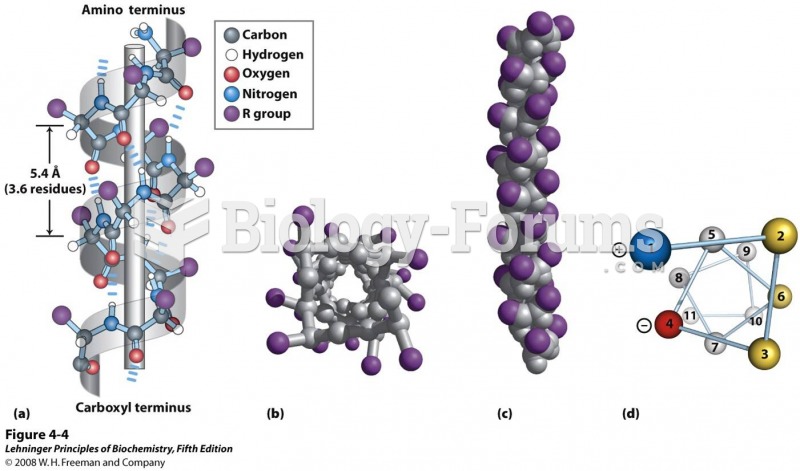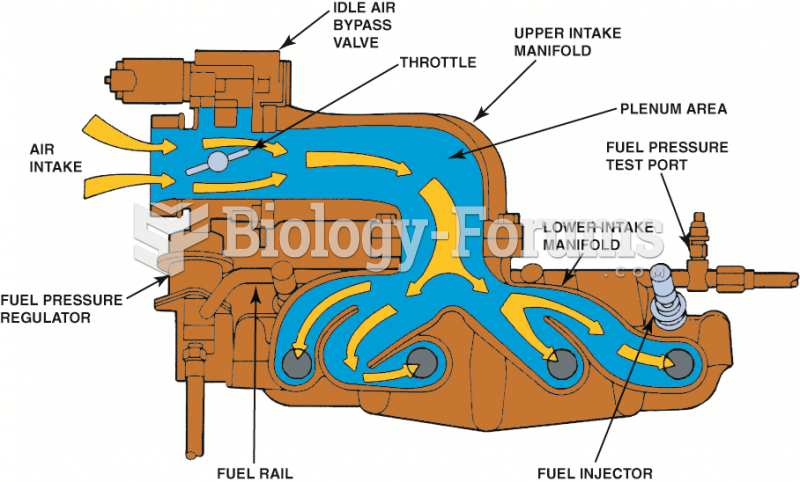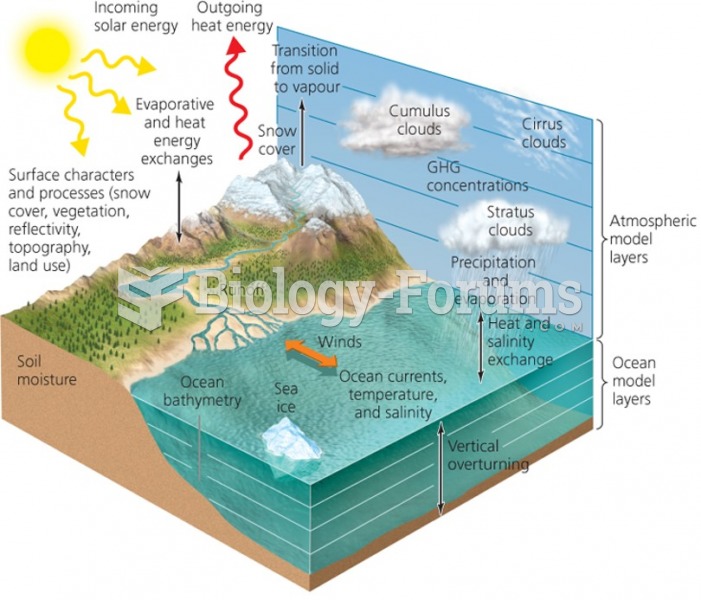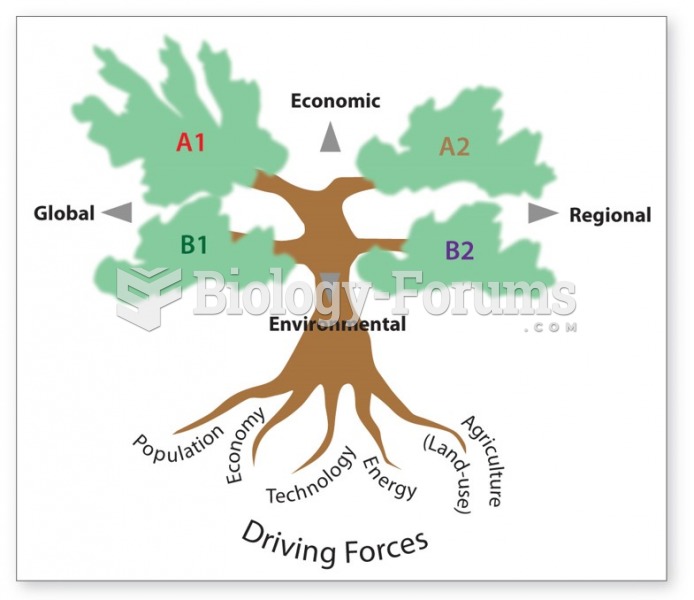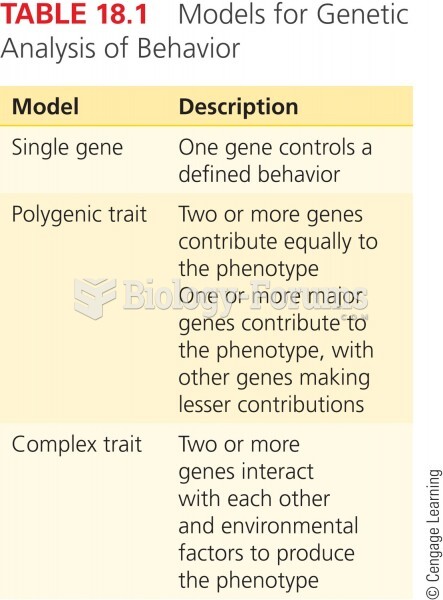Answer to Question 1
According to parallel distributed processing (PDP) models or connectionist models, we handle very large numbers of cognitive operations at once through a network distributed across incalculable numbers of locations in the brain
The mental structure within which parallel processing is believed to occur is a network. In connectionist networks, all forms of knowledge are represented within the network structure. Recall that the fundamental element of the network is the node. Each node is connected to many other nodes. These interconnected patterns of nodes enable the individual to organize meaningfully the knowledge contained in the connections among the various nodes. In many network models, each node represents a concept.
The network of the PDP model is different in key respects from the semantic network described earlier. In the PDP model, the network is made up of neuron-like units. They do not, in and of themselves, actually represent concepts, propositions, or any other type of information. Thus, the pattern of connections represents the knowledge, not the specific units. The same idea governs our use of language. Individual letters (or sounds) of a word are relatively uninformative, but the pattern of letters (or sounds) is highly informative.
Similarly, no single unit is very informative, but the pattern of interconnections among units is highly informative.
Differing cognitive processes are handled by differing patterns of activation, rather than as a result of a different set of instructions from a computer's central processing unit. In the PDP model, individual units may be inactive, or they may send excitatory or inhibitory signals to other units. That is not to say that the PDP model actually indicates specific neural pathways for knowledge representation. We are still a long way from having more than a faint glimmer of knowing how to map specific neural information. Rather, the PDP model uses the physiological processes of the brain as a metaphor for understanding cognition.
According to the PDP model, connections between units can possess varying degrees of potential excitation or inhibition. These differences can occur even when the connections are currently inactive. The more often a particular connection is activated, the greater is the strength of the connection, whether the connection is excitatory or inhibitory.
According to the PDP model, whenever we use knowledge, we change our representation of it. Thus, knowledge representation is not really a final product. Rather, it is a process or even a potential process. What is stored is not a particular pattern of connections. It is a pattern of potential excitatory or inhibitory connection strengths. The brain uses this pattern to recreate other patterns when stimulated to do so.
Answer to Question 2
Characteristic features describe (characterize or typify) the prototype but are not necessary for it. Characteristic features commonly are present in typical examples of concepts, but they are not always present. Features that uniquely define a concept are called defining features. Whereas a defining feature is shared by every single object in a category, a characteristic feature need not be. Instead, many or most instances possess each characteristic feature. Thus, the ability to fly is typical of birds. But it is not a defining feature of a birdan ostrich cannot fly. According to prototype theory, it thus seems less birdlike than a robin, which can fly.



